
XMR token price is rising even after the Monero blockchain suffered a startling 18-block reorganisation.
The block reorganisation rewrote roughly 36 minutes of ledger history and left more than a hundred previously confirmed transactions temporarily invalidated, sparking community backlash.
What happened?
The event, which independent monitors flagged between block heights 3,499,659 and 3,499,676, marked the deepest chain rollback in Monero’s history and drew attention from across the cryptocurrency industry.
⚠️The attack against Monero is back. Hours ago XMR experienced a 18 block reorg If you accept XMR make sure to wait for more than the usual 10 confs
The disruption was quickly linked by observers to Qubic, a controversial project that recently claimed to command significant Monero hashrate.
While Qubic’s founder denied any malicious intent, security experts explained that concentrated mining power can allow an entity to secretly build an alternate chain and later release it, forcing other nodes to reorganise and discard transactions from the weaker chain.
In Monero’s case, with its two-minute block times, an 18-block reorg translated into half an hour of ledger history being rewritten, a depth far beyond the common ten confirmations that merchants typically require.
The surprise XMR price surge
Despite the seriousness of the event, the market reaction told a different story.
XMR’s price surged by about seven percent in the hours after the reorg, breaking above $323 while the wider crypto market trended slightly lower.
Notably, Monero has been on a strong run over the past month, gaining more than 20%, and the bullish momentum likely outweighed immediate fears of systemic weakness.
In addition, traders were also encouraged by the quick response from community monitors and researchers, who urged exchanges and merchants to raise confirmation thresholds until the network stabilised.
Nevertheless, community voices reflected a mix of alarm and pragmatism.
Some, like SlowMist founder Yu Xian, warned that ignoring reorg risks could leave Monero permanently vulnerable, describing the threat as a “Sword of Damocles” hanging over the network.
Others insisted that the incident was less an attack and more a demonstration of hashrate concentration and the probabilistic nature of proof-of-work mining.
Even within the Monero Research Lab and development community, opinions diverged on the best defence.
Potential remedies under discussion
Potential remedies are already under discussion. Rolling checkpoints that lock in recent blocks could limit how deep reorgs can go, while ChainLock-style protections from other networks might add stronger finality.
More novel ideas, such as “detective mining” incentives to expose selfish strategies or even merge-mining with larger proof-of-work chains, have been floated.
Each option carries trade-offs between security, decentralisation, and practicality, which explains why consensus on a fix has not yet been reached.
Importantly, the incident also underscores a broader lesson for the cryptocurrency sector.
Proof-of-work systems can experience deep reorganisations without an attacker maintaining 51% control indefinitely, and smaller or privacy-oriented networks may be especially exposed.
For Monero, however, the swift rebound in price suggests that investor confidence remains strong, supported by its unique role as a leading privacy coin.
The post Here’s why Monero (XMR) price is soaring despite block reorganisation backlash appeared first on Invezz

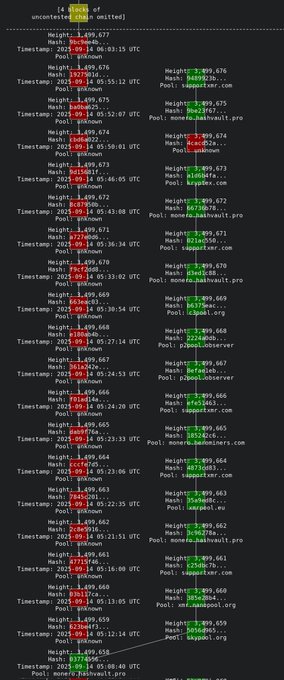
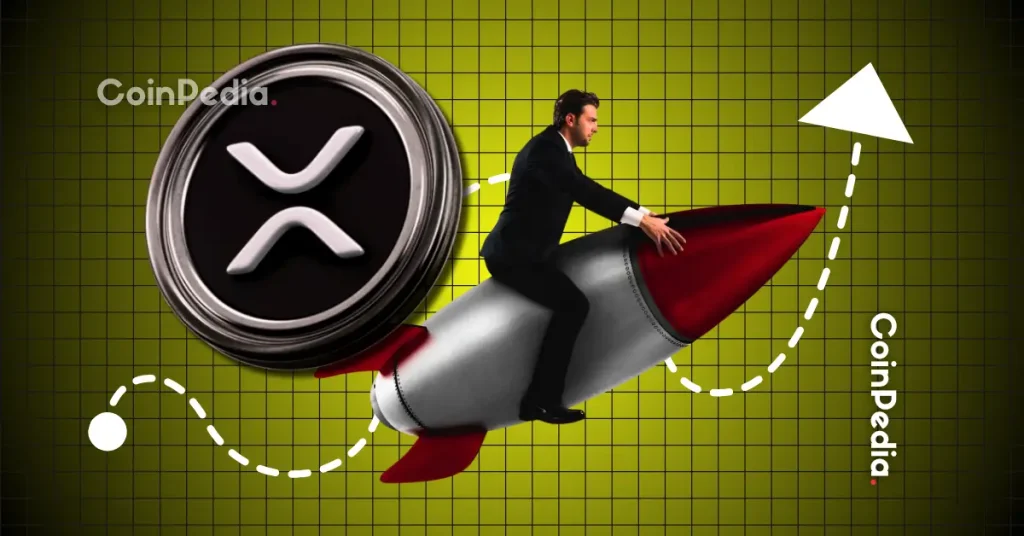
![TRON [TRX] cools down: Is a major rebound on the horizon?](https://ambcrypto.com/wp-content/uploads/2025/10/Evans-17-1.jpg)


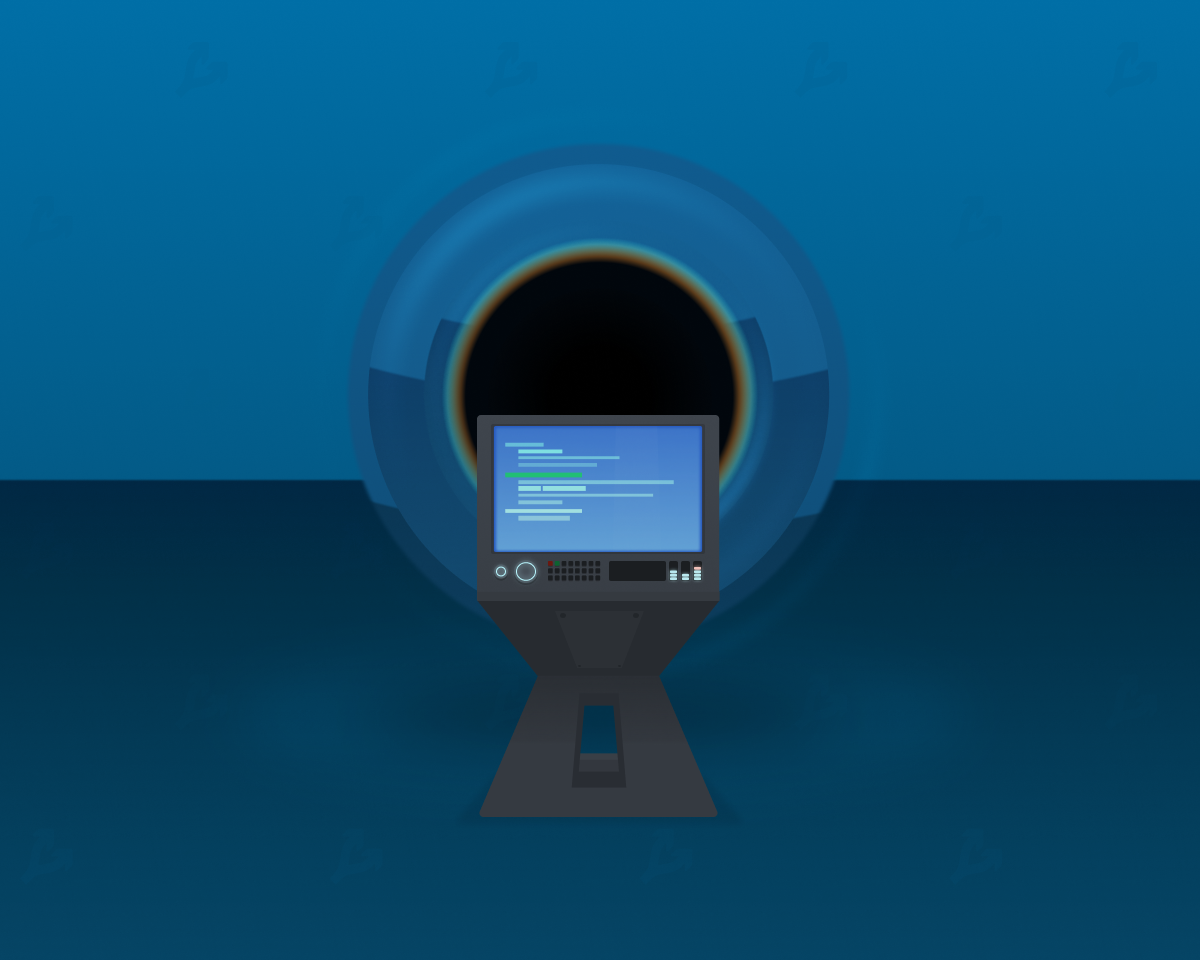
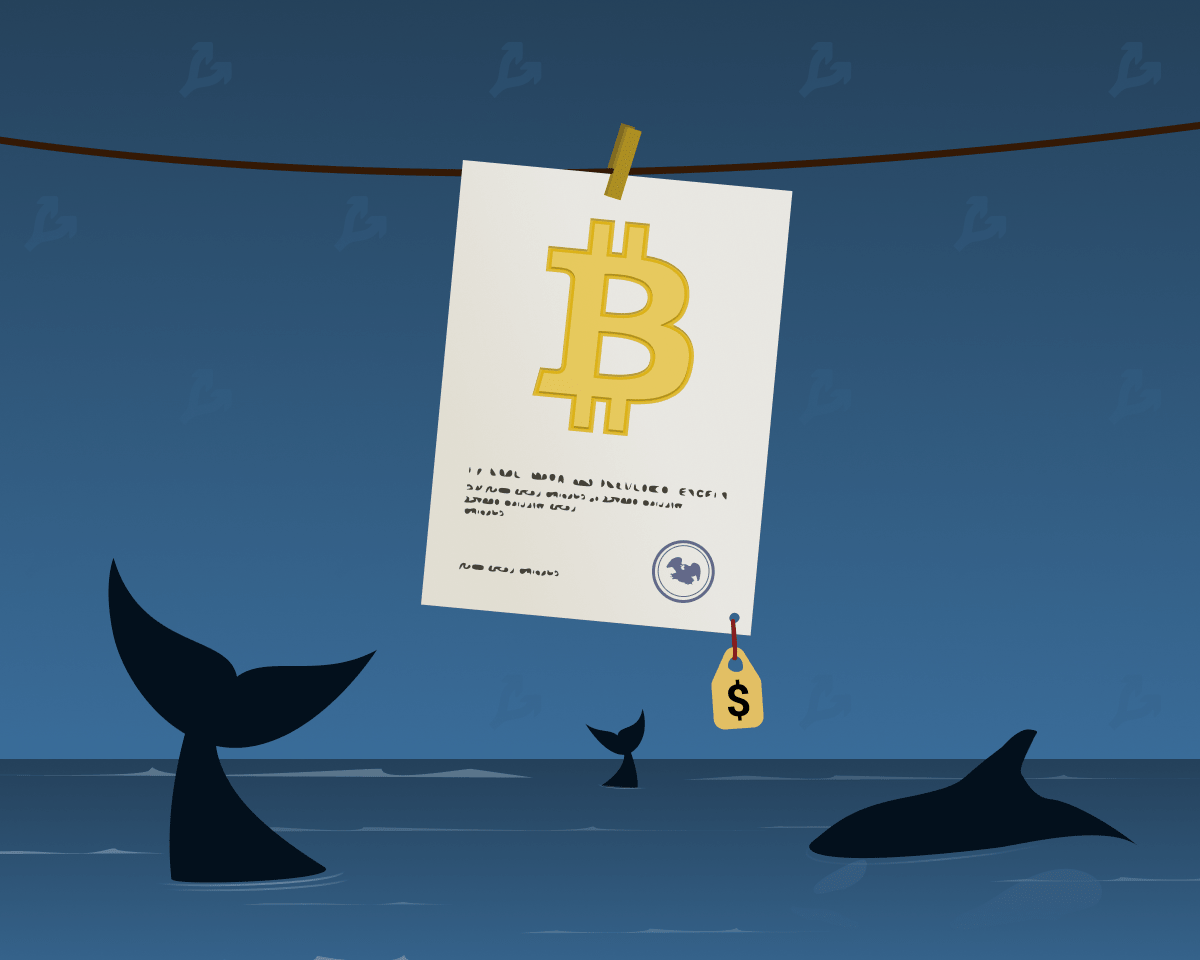



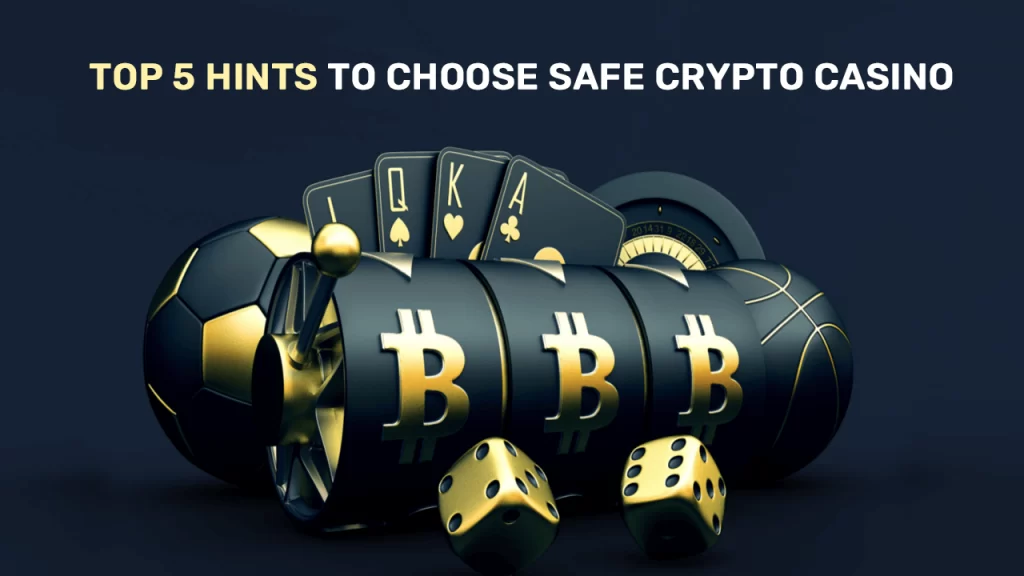
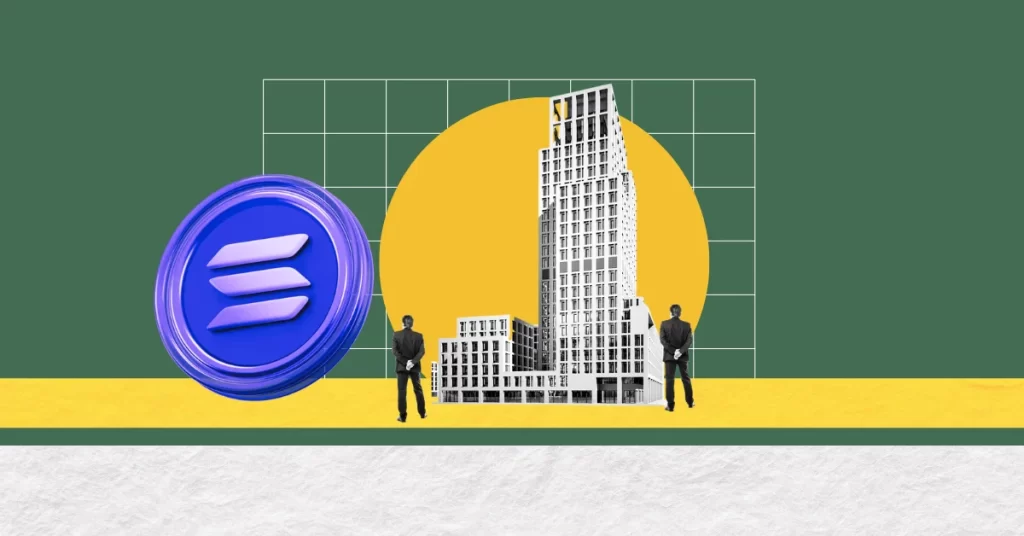



 English (US) ·
English (US) ·